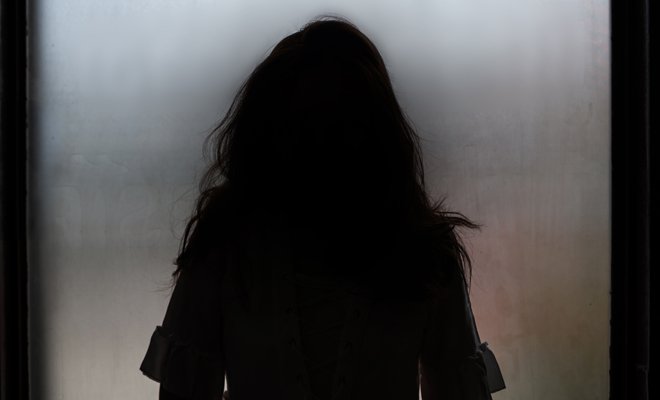Mexico is a country surrounded by a great halo of myths and legends. However, if there is one in particular that characterizes him, it is the legend of La Llorona. It is one of the most popular narratives in the Aztec territory and although it has different versions (which have been around the world throughout history), all of them coincide in having a mysterious and creepy woman as the protagonist. Who wanders the streets in search of his lost children?
Mexican legend of La Llorona: its best-known version
- In Colonial Mexico there lived an incredibly beautiful indigenous woman who fell madly in love with a Spanish gentleman with whom she had three beautiful children. The mother completely invested in her children and in her love for this Spanish man who, on the contrary, did nothing more than avoid her.
- He stayed aloof and dodged her every time. The gossip said that the real reason for his distancing was based on the fear of ‘what will they say’ since he was a member of high society and the link with an indigenous woman could affect his status.
- She insisted and insisted and he eluded and avoided her. This is how days and days passed until the man decided to leave the indigenous woman to marry a prestigious Spanish lady of high society.
- Upon learning of her betrayal, the beautiful woman completely lost her mind to the point that her pain and despair led her to commit a true madness. She took her children in her arms, took them to the shores of Lake Texcoco, and hugged them tightly, conveying all the love she felt for them, and plunged them to drowning. After realizing what she had just done, she could not bear it and her herself He also took life.
- Since that day, it is said that the soul of this woman cannot rest and every night she wanders dressed all in white through the lonely streets near the lake in search of her three children. The woman cries, moans and screams: “Oh my children!” and her cries of pain echo throughout the town…
La Llorona and her saddest version
- In this other version of La Llorona, this woman is also represented in a white dress, with very long hair and a ghostly appearance. She also cries in pain for her children, although the reason is very different.
- It is said that La Llorona had a lover, but their relationship had been frustrated because death had surprised her in a totally unexpected way. When the woman died, the man was so sad that she began to neglect himself, first him and then his three children.
- Despite having a father, the children seemed like orphans and, therefore, every night La Llorona returned from beyond to take care of them, desperately searching for them through their screams and laments.
La Llorona and her original story
- As you can see, the versions of the Mexican legend of La Llorona are infinite and in each part of Mexico they believe more in some stories or in others. However, most agree to connect the original story with the pre-Hispanic world. According to this version, La Llorona would be located approximately a decade before the arrival of the Spanish conquerors in Mexico back in 1521.
- According to Fray Bernardino de Sahagún (a Franciscan missionary whose works have been very useful in reconstructing events in ancient Mexico) the indigenous peoples assured him that they had seen and heard a woman with a ghostly appearance who walked the streets at night shouting: “! My children, we have to go away!” or “My children, where will I take you?” These shouts were an attempt to warn the natives about the massacre that was soon to take place with the arrival of the Spanish conquistadors.
Other versions of La Llorona
- Another of the meanings attributed to this woman is that of “the traitor”. According to the Mexican historian Efraín Franco Frías, in the colonial era (1521-1821), the legend began to gain strength that La Llorona was an indigenous woman known as “Malinche” who, upon the arrival of the Spanish army, became the lover of the conqueror. Hernan Cortes.
- With him she had a son, but at the time, when Cortés returned to Spain, he took it from her without her doing absolutely nothing to prevent it. Not even her regrets made it possible for her to see his offspring again.
- Malinche precisely means traitor and the indigenous people saw in La Llorona the personification of betrayal and a symbol of sad, offended and humiliated motherhood.
- Whatever the true story of La Llorona, the truth is that they all have one thing in common: the heartbreaking pain of a mother who has lost her children. A mother who’s crying is so extremely intense that with the passage of time she has become a legend.
